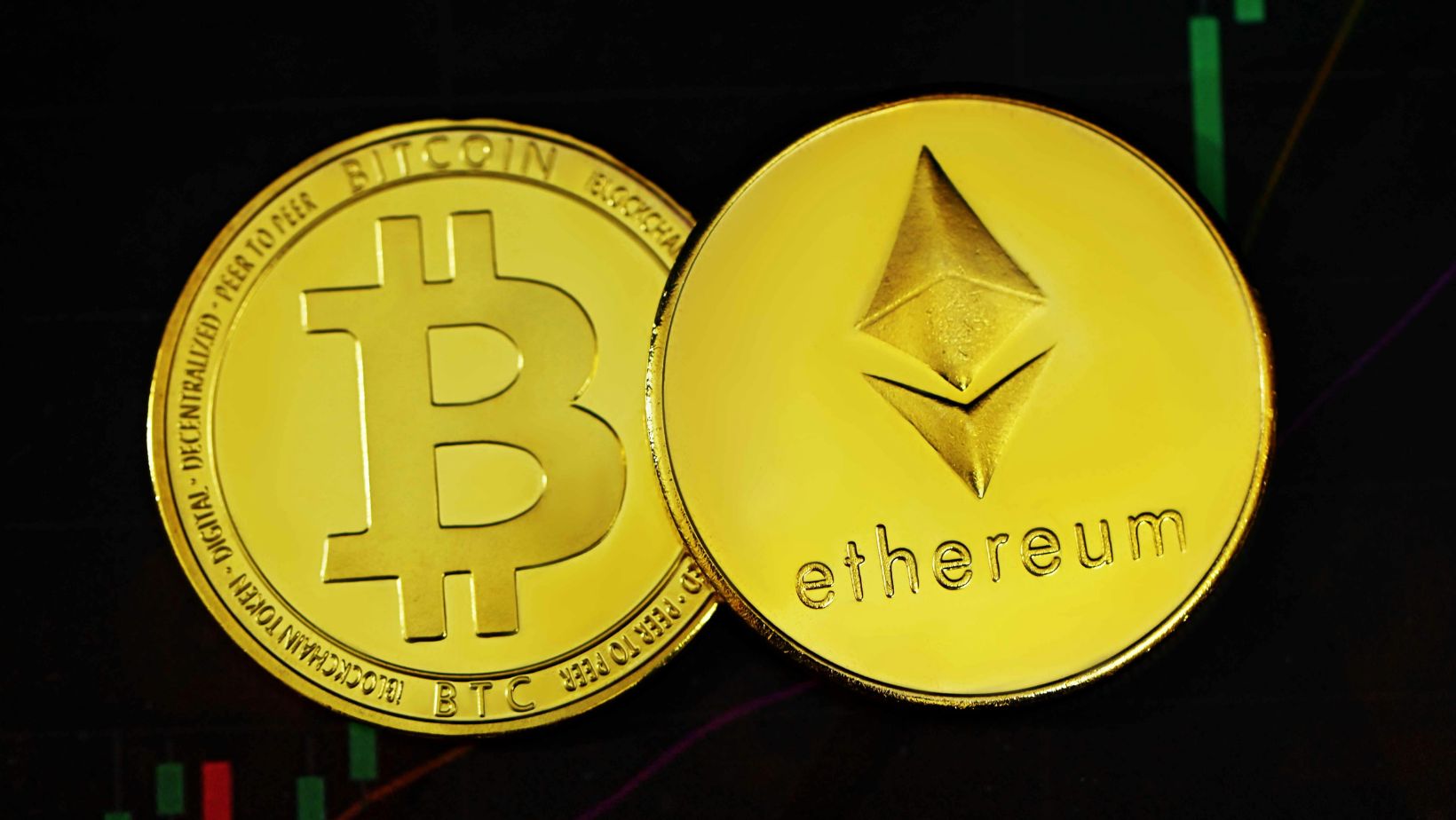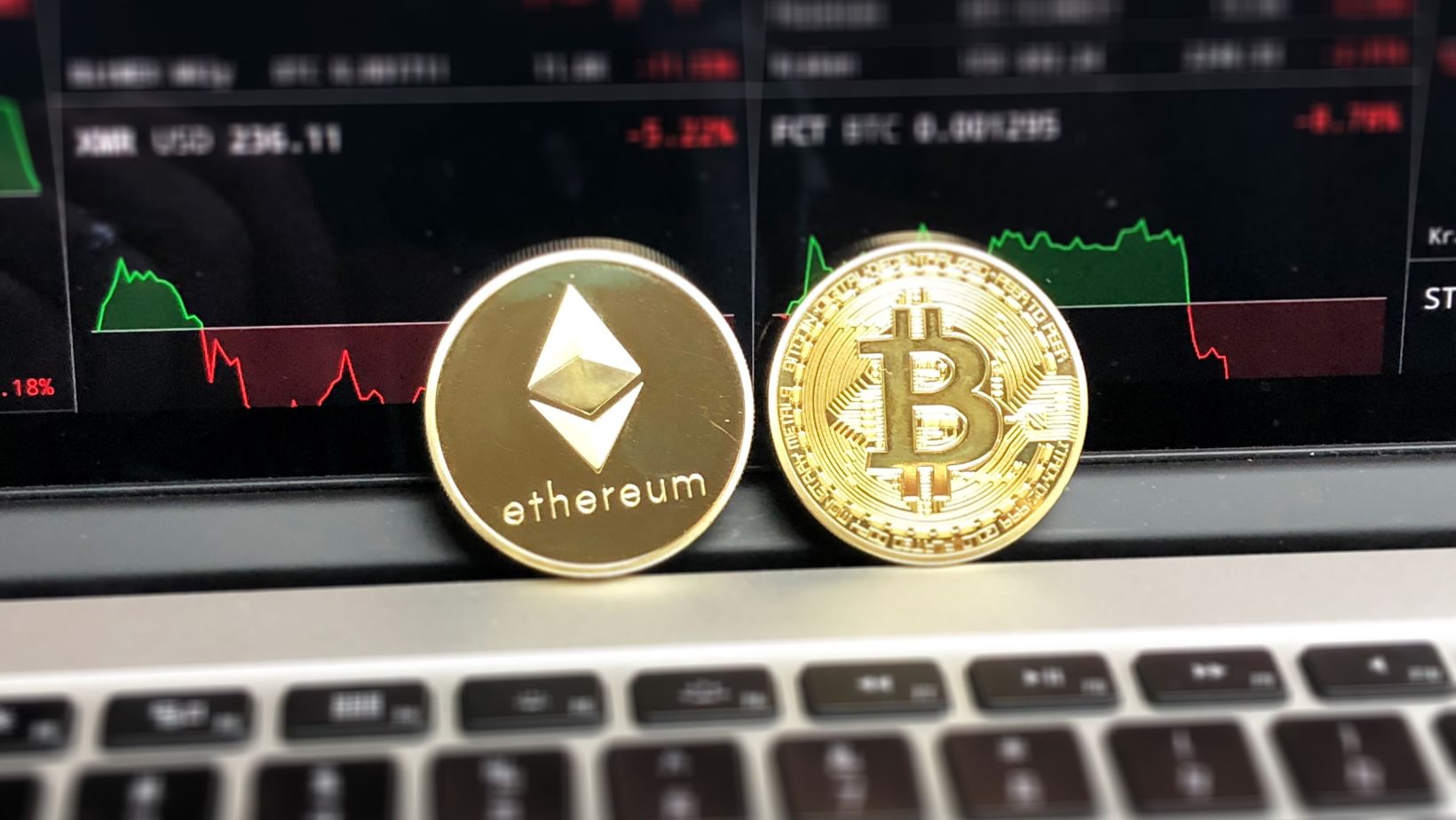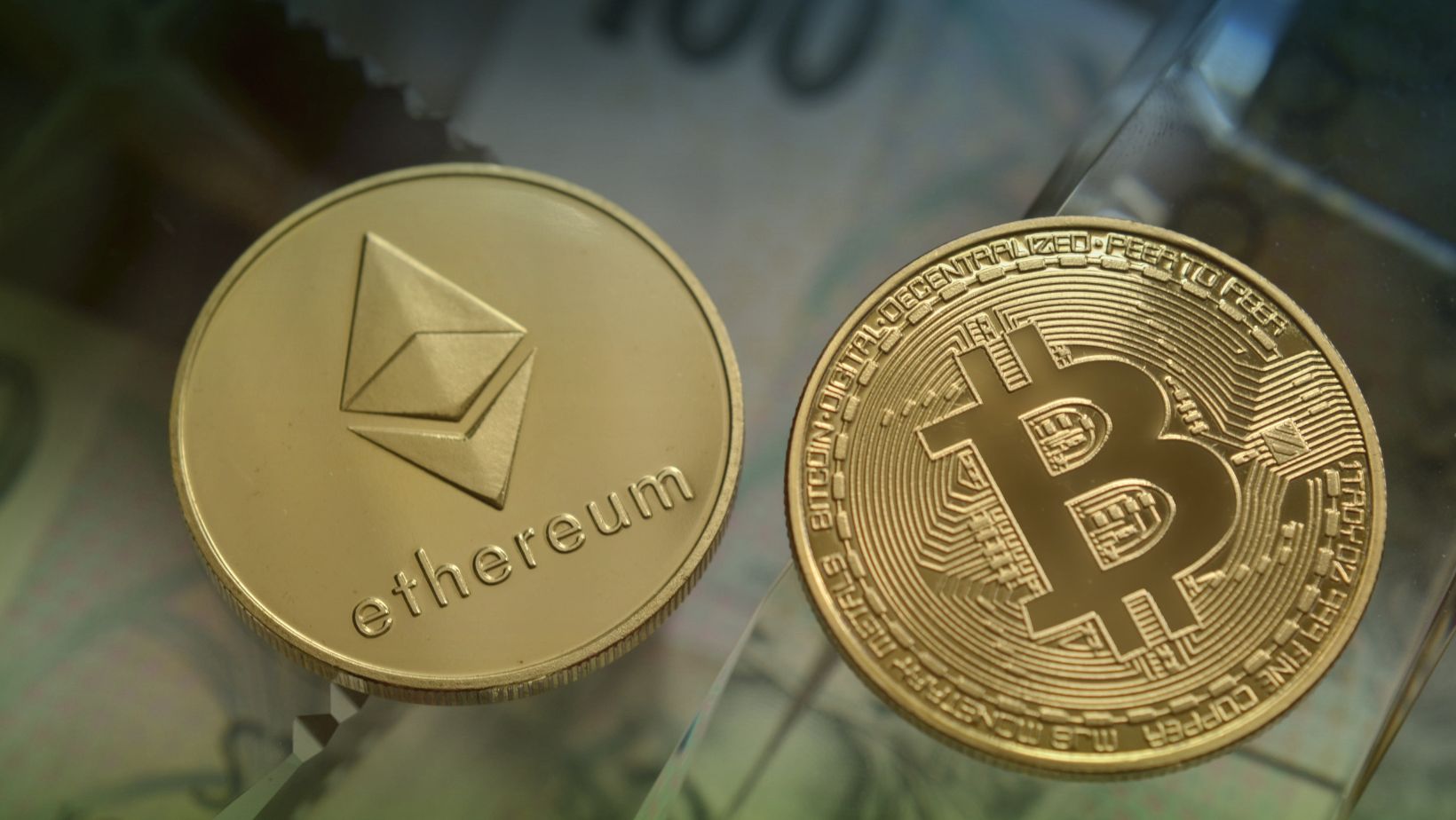 The Ethereum blockchain has been the home of endless innovation and development ever since its launch, becoming a trailblazer in the fields of decentralized finance and applications. Although it has not yet been able to surpass Bitcoin in market capitalization, it remains a strong contender when it comes to technological evolution. Binance data shows that the ETH prediction fluctuations have remained consistently relevant among investors from all over the world due to their ability to continuously bring new things to the table. Many are currently looking forward to the possibility that Ethereum will get its own exchange-traded funds in the future and enjoy the same value benefits Bitcoin did after its own ETF approval in January.
The Ethereum blockchain has been the home of endless innovation and development ever since its launch, becoming a trailblazer in the fields of decentralized finance and applications. Although it has not yet been able to surpass Bitcoin in market capitalization, it remains a strong contender when it comes to technological evolution. Binance data shows that the ETH prediction fluctuations have remained consistently relevant among investors from all over the world due to their ability to continuously bring new things to the table. Many are currently looking forward to the possibility that Ethereum will get its own exchange-traded funds in the future and enjoy the same value benefits Bitcoin did after its own ETF approval in January.
Until then, however, it seems that there are still a few hurdles to overcome on the path to further consolidation.
Gas Fees
The gas fee is a blockchain transaction paid directly to network validators as a reward for the services they perform on the blockchain. If these fees did not exist, there wouldn’t be any incentive for anyone to begin staking and securing the network. However, over the past few years, fees have become increasingly elevated, an issue that has caused disturbances across the blockchain and made transactions unsustainable for many. This naturally leads to decreased engagement rates across the system.

However, each transaction has a gas limit, an amount that represents the maximum a user is ready to spend. If the fundamental requirements exceed this margin, the transaction will ultimately fail, but the user will still be charged. As is the case with the crypto market, several external influences can also change the outcomes, making the ultimate predictions more convoluted. In the case of gas fees, market fluctuations, smart contract executions, and platform upgrades are the most commonplace.
Optimization
However, a place as keen on innovation and developments as the Ethereum blockchain must have surely come up with ways to combat the potentially negative effects of exceedingly high gas fees. One of them is using gas estimators, a series of online tools that can recommend suitable prices based on network conditions since congestion typically results in considerably more elevated fees. Some wallets also come equipped with this functionality so that you can balance cost efficiency and execution much faster.
Starting transactions during off-peak times is a straightforward strategy for those who don’t want to incorporate new technology into their transaction process. When activity levels are low, gas fee prices go down as well. As a general rule, you can always count on the weekends and the mornings for the lower levels, so if that’s doable for you, make sure to set the brunt of your trades during these timeframes. Using batches means that you can bundle several transactions together to save on gas costs, and there are also gas tokens that can be minted when the prices are low and then later burned when they go higher, a process that creates a hedge against similar increases in the future.
New Tech
All transactions on the Ethereum blockchain have two main types of fees: the ones that come from transaction execution and the ones that appear as a result of data storage. The former covers the computational efforts needed to perform transactions, while the latter refers to the costs associated with storing data in blobs. Recently, Ethereum co-founder Vitalik Buterin proposed a new improvement protocol known as EIP-7706. It aims to focus on new gas models to support transaction data.
The new proposal would introduce a third form of gas that works exclusively with call data. This is the portion of any Ethereum transaction that contains key data features that are directly transmitted through the smart contracts. As a result, the blockchain will have a unique charge for any data transferred during these transactions, which will be entirely different from those of the storing data or contract codes.
Another advantage of the new model is that it could provide values for blob, call data and execution gas fees. While these functionalities currently operate separately from one another, Buterin’s proposal could bring them together and see all of them adopting the same approach. The primary consideration here is the reduction of transaction costs associated with data-heavy movements in the marketplace. At the same time, these transactions are not computationally intensive, so if EIP-7706 becomes a reality, Ethereum will be setting call data costs that function independently from all others.
Theoretically, economic analysis shows that call data would become cheaper in this event while its block’s maximum size would also decrease.
The Future
The implementation of this new upgrade comes as a response to the unending struggles the Ethereum blockchain has been dealing with when it comes to gas fees. The problem has remained persistent over the past few years, affecting the marketplace in several ways. In fact, several other measures have been undertaken in the past with the intent of bringing these costs down, but their effects were either insufficient or short-lived, and the problem remains as relevant as ever.

If you’re an investor, don’t be afraid to continue your trading endeavors, but make sure that you’re aware of the changes that can intervene across price points. In the crypto world, it is always better to be safe rather than sorry and to have a strong strategy you can rely on.















